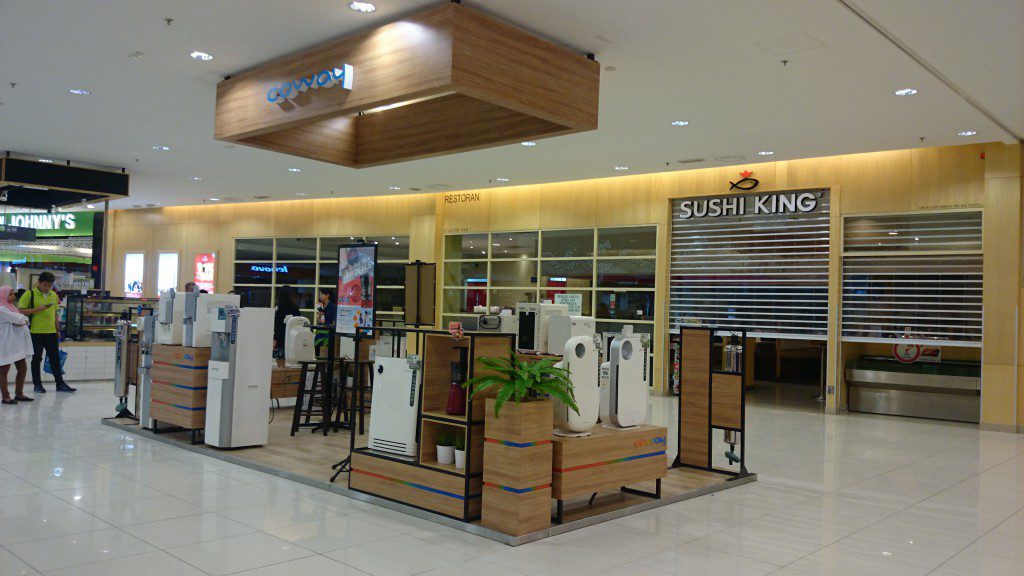Imagine that you’ve just walked into a massive trade show hall. Hundreds of booths stretch out before you like a colorful maze of ambition and hope. Some are practically invisible, blending into the background noise of corporate mediocrity. Others? They stop you dead in your tracks, pulling you in like a magnet you can’t resist.
What separates the booth that gets ignored from the one that becomes the talk of the entire event? The secret isn’t bigger budgets or flashier technology—it’s something far more powerful and infinitely more strategic.
It’s knowing exactly who you’re talking to before you even start building.
The Psychology Behind Exhibition Success: Why Most Booths Fail Before They Begin
Here’s a uncomfortable truth that most exhibitors discover too late: Your booth isn’t competing against other booths. It’s competing against the overwhelming sensory overload that trade show attendees experience every single minute they’re on that floor.
The average trade show visitor is bombarded with over 3,000 marketing messages during a typical 8-hour day. Their brain, in self-defense mode, has become a master at filtering out anything that doesn’t immediately scream “this is exactly what I need right now.”
This is where audience targeting transforms from marketing buzzword to survival strategy.
When you design a booth without a crystal-clear picture of your ideal visitor, you’re essentially throwing darts in the dark and hoping something sticks. But when you nail your audience targeting? Magic happens. Suddenly, your booth becomes a beacon that cuts through the noise and speaks directly to the people who matter most to your business.
Decoding Your Exhibition Audience: Beyond Demographics to Desires
The Fatal Flaw of Surface-Level Targeting
Most companies approach exhibition targeting like they’re filling out a census form: “We target males, 35-50, in manufacturing, with purchasing power.” Stop right there. If this sounds like your targeting strategy, you’re about to discover why your last three trade shows felt like expensive networking events rather than lead-generation goldmines.
Real audience targeting for exhibition booth design goes three layers deeper than basic demographics. It’s about understanding the psychological state of your visitors when they encounter your booth.
The Three Psychological States of Trade Show Attendees
The Explorer arrives with curiosity but no specific agenda. They’re in discovery mode, scanning for trends, innovations, and opportunities they didn’t know existed. These visitors spend 40% more time at booths that educate rather than sell.
The Hunter knows exactly what they’re looking for. They’re on a mission, moving with purpose through the aisles. They’ll give you 30 seconds to prove you’re worth their time—or they’re gone forever.
The Networker is primarily there for relationships and industry connections. They’re evaluating not just your product, but whether you’re the kind of company they want to be associated with.
Understanding which of these psychological profiles dominates your target audience changes everything about how you design your booth space.
Strategic Audience Research: The Foundation of Magnetic Booth Design
Pre-Show Intelligence Gathering
Before you sketch a single booth layout, you need to become a detective. The most successful exhibitors spend 60% of their pre-show budget on research, not just booth construction.
Start with the show’s attendee data, but don’t stop there. Dive into social media conversations happening around the event hashtag. What are people excited about? What problems are they hoping to solve? What sessions are generating the most buzz?
Here’s a research framework that consistently reveals golden insights:
The Pain Point Audit: Survey your existing customers about their biggest challenges in the six months leading up to the show. The patterns you discover will guide every design decision from color psychology to interactive elements.
Competitor Reconnaissance: Study the booth designs of companies that consistently draw crowds. But here’s the twist—don’t look at your direct competitors. Look at companies targeting the same psychological profile in completely different industries.
The Conversation Analysis: Use social listening tools to analyze how your target audience talks about their challenges online. The exact words and phrases they use should appear prominently in your booth messaging.
Design Psychology: How Visual Elements Speak to Your Audience’s Subconscious
Color Psychology That Converts
Your booth’s color scheme isn’t just about brand consistency—it’s a psychological trigger that either attracts or repels your ideal visitors within the first 3 seconds of visual contact.
For Technology Audiences: Deep blues and crisp whites communicate innovation and trustworthiness. But add unexpected pops of electric green or orange to signal disruption and forward-thinking.
For Healthcare Professionals: Clean whites and soft blues create the clinical trust they expect, but incorporating warm earth tones suggests the human touch that differentiates your approach.
For Manufacturing Decision-Makers: Bold reds and industrial grays communicate strength and reliability, while metallic accents suggest precision and quality.
The key isn’t following generic color psychology rules—it’s understanding how your specific audience has been conditioned to respond to certain color combinations within their professional context.
Spatial Design That Guides Behavior
Your booth layout should be a carefully choreographed dance that leads visitors through a psychological journey. The most effective designs create what environmental psychologists call “progressive revelation”—gradually unveiling information in a sequence that builds trust and desire.
The Curiosity Gap Strategy: Position your most intriguing element—whether it’s a product demo or an interactive display—deep enough into your booth that visitors must commit to entering your space to satisfy their curiosity.
The Comfort Zone Creation: Design distinct areas within your booth that accommodate different personality types. Extroverts want open spaces for dynamic conversations. Introverts prefer semi-private nooks where they can process information without feeling exposed.
Interactive Elements That Resonate With Your Specific Audience
Technology Integration That Adds Value, Not Gimmicks
The exhibition floor is littered with expensive interactive technology that impresses nobody and engages no one. The difference between technology that works and technology that wastes money? Relevance to your audience’s daily workflow.
For Data-Driven Audiences: Create interactive dashboards that let visitors manipulate real industry data to see how your solution impacts their specific scenarios.
For Visual Learners: Implement augmented reality experiences that let them see your product in their actual work environment.
For Hands-On Professionals: Build tactile experiences that let them physically interact with your solution, even if it’s typically digital.
Gamification That Drives Engagement
Smart gamification taps into your audience’s competitive nature while subtly qualifying leads. But the game mechanics must align with how your audience thinks and what motivates them professionally.
For Sales-Oriented Audiences: Create leaderboards and achievement systems that mirror the competitive dynamics they experience in their daily work.
For Technical Audiences: Design problem-solving challenges that demonstrate your solution’s capabilities while letting them showcase their expertise.
For Executive Audiences: Develop strategic simulations that let them make high-level decisions and see the impact of different choices.
Messaging That Speaks Their Language
Beyond Features and Benefits to Emotional Triggers
Your booth messaging needs to do more than inform—it needs to connect on an emotional level that motivates action. The most powerful exhibition messages tap into the professional aspirations and fears that drive your audience’s decision-making.
Fear-Based Motivators: “Still manually tracking inventory?” speaks to the fear of being left behind technologically.
Aspiration-Based Motivators: “Join the 40% of industry leaders who’ve already transformed their operations” appeals to the desire to be among the innovative front-runners.
Urgency-Based Motivators: “See the solution that’s changing everything—live demo every 30 minutes” creates time-sensitive reasons to engage immediately.
The Power of Industry-Specific Language
Every industry has its insider language—the specific terms, acronyms, and concepts that immediately signal “this company understands our world.” Using this language correctly in your booth messaging creates instant credibility.
But there’s a fine line between speaking the language and overwhelming visitors with jargon. The most effective approach uses industry-specific terms in headlines to attract the right audience, then explains complex concepts in accessible language.
Measuring Success: KPIs That Matter for Audience-Targeted Booth Design
Beyond Lead Count to Quality Metrics
Most exhibitors measure success by counting leads, but this approach misses the bigger picture. Audience-targeted booth design should be measured by the quality of engagement, not just quantity.
Engagement Depth: Track how long qualified prospects spend in your booth. Longer engagement times typically correlate with higher conversion rates post-show.
Message Resonance: Survey booth visitors about which specific messages or design elements drew them to your space. This data guides future targeting refinements.
Demographic Accuracy: Analyze whether the visitors you attracted match your target audience profile. High accuracy indicates successful targeting; low accuracy suggests design adjustments are needed.
Post-Show Analysis That Informs Future Strategy
The most valuable insights come from analyzing patterns in your booth traffic and engagement data. Look for unexpected audience segments that showed high interest—they might represent untapped market opportunities.
Document which design elements generated the most positive feedback and which fell flat. This qualitative data is often more valuable than pure traffic numbers for improving future exhibitions.
Advanced Targeting Strategies for Maximum Impact
Micro-Targeting Within Your Broader Audience
Even within your primary target audience, different subgroups may respond to different approaches. Advanced booth design incorporates multiple attraction strategies within a single space.
Create distinct zones within your booth that appeal to different decision-maker types: technical zones for engineers, ROI-focused areas for financial decision-makers, and strategic vision spaces for executives.
Seasonal and Event-Specific Adaptation
Your audience’s mindset and priorities shift based on timing and context. A booth designed for a end-of-year budget-focused event should emphasize different messages than one designed for an innovation-focused spring conference.
Research the specific event’s theme, the economic climate, and recent industry developments that might influence attendee priorities. Adjust your messaging and interactive elements accordingly.
Future-Proofing Your Audience Targeting Strategy
Emerging Trends in Exhibition Audience Behavior
Trade show attendees are becoming increasingly sophisticated and selective about how they spend their time. They expect personalized experiences that address their specific challenges and opportunities.
Successful exhibitors are beginning to use pre-show digital engagement to better understand individual attendees before they arrive at the booth. This allows for more targeted, relevant conversations from the first moment of contact.
Technology Integration for Better Targeting
Advanced exhibitors are experimenting with beacon technology and mobile apps that provide real-time data about visitor behavior and preferences. While still emerging, these technologies offer unprecedented insights into how different audience segments interact with booth designs.
Your Blueprint for Exhibition Success
Designing an exhibition booth that truly connects with your target audience isn’t about following generic best practices or copying what worked for someone else. It’s about developing a deep, almost intuitive understanding of who you’re trying to reach and what motivates them to stop, engage, and ultimately take action.
The companies that consistently generate impressive results from trade shows don’t just exhibit—they orchestrate experiences that feel personally relevant to each visitor who matters to their business.
Your next exhibition success story starts with a simple question: “Who exactly am I trying to reach, and what do they really need to see, hear, and feel to know that I understand their world?”
Answer that question with precision and authenticity, then design everything around that answer. The results will speak for themselves in the form of qualified leads, meaningful connections, and ROI that transforms exhibitions from necessary expenses into growth engines.
The trade show floor is waiting. Your perfectly targeted audience is walking those aisles right now, hoping to find exactly what you offer. The only question remaining is: Will your booth design help them find you?

